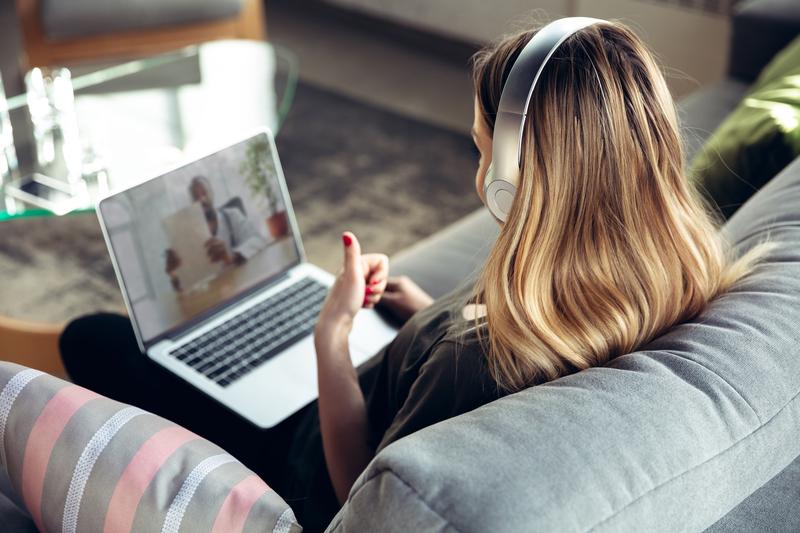In this ongoing battle against COVID-19, medical health care professionals are taking extra steps to reduce the spread. These changes are by no means a perfect solution, but they have been extremely helpful in mitigating the spread. While they might be an inconvenience to patients who come in for other medical emergencies not related to COVID-19, these medical practices have been beneficial to patients and to healthcare personnel.
Telemedicine
One such medical practice is the use of telemedicine. Telemedicine is a virtual doctor’s visit, where you video call your physician from the comfort of your own home. It allows you to receive the same professional consultation from a qualified physician without the risk of in-person contact. Telemedicine isn’t a perfect solution, but it has stepped up in recent months to help people who cannot risk going to the doctor’s office. Modern medicine has greatly been changed by telemedicine, and it is likely to continue evolving as the crisis continues.
Changes to the Waiting Room
Healthcare providers are also making changes to increase social distancing in the waiting room. These changes include marking x’s on the floor for where patients can stand, installing plexiglass separations that separate the receptionist from the patient, and limiting seating so that patients sit six feet apart. Receptionists also wipe down their desks after they’ve talked to every visitor, and they even sanitize pens used for filling out forms between patients.
Checking Patients
Healthcare providers have also checked the temperature of patients as they walk in the door. Some will even provide masks for patients if they don’t already have their own. Patients are asked if they’ve experienced any fevers, aches, chest pain, and loss of taste or smell. This preliminary check-up helps medical facilities separate those who need medical help and are not infected with COVID-19 from those who are. It may be a hassle to the patient, especially if they are experiencing pain unrelated to the COVID-19, but it is worthwhile because it separates those infected from those who aren’t. While not a perfect solution, checking patients for temperature and COVID-19 symptoms can help medical facilities mitigate the spread.
There isn’t a perfect solution for dealing with COVID-19 during this time, but medical facilities are implementing practices to help reduce the spread. It may take patience on the part of parents, visitors, and patients, but it will be worth it.
Read this next: How to Protect Elderly Family and Friends From COVID-19



